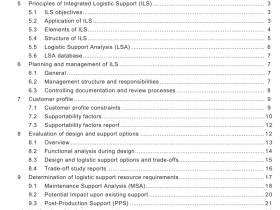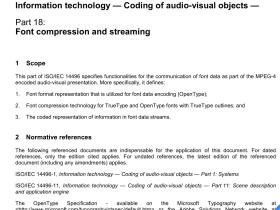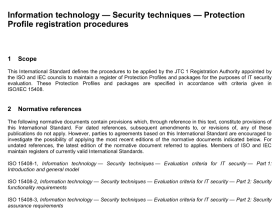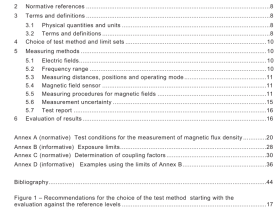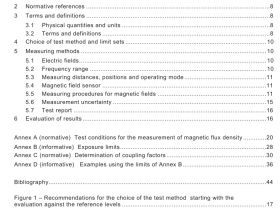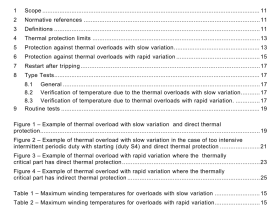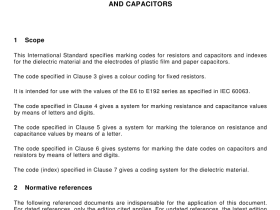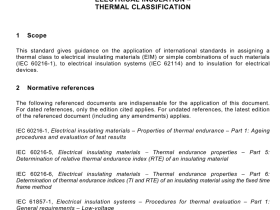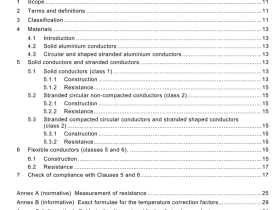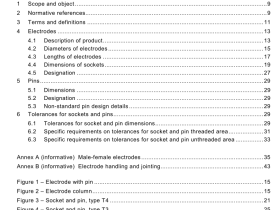IEC 60986 pdf download

IEC 60986 pdf download Short-circuit temperature limits of electric cables with rated voltages from 6 kV (U m = 7,2 kV) up to 30 kV (U m = 36 kV)
1Scope
This International Standard gives guidance on the short-circuit maximum temperature limits ofelectric cables having rated voltages from 6 kv(Um = 7,2 kV) up to 30 kV(Um = 36 kV), withregard to the following:
– insulating materials;
– oversheath and bedding materials;
conductor and metallic sheath materials and methods of connection.
The design of accessories and the influence of the installation conditions on the temperaturelimits are taken into consideration.
The calculation of the permissible short-circuit current in the current-carrying components ofthe cable should be carried out in accordance with IEC 60949.
2Normative references
The following referenced documents are indispensable for the application of this document.Fordated references, only the edition cited applies.For undated references, the latest edition ofthe referenced document (including any amendments) applies.
IEC 60055 (all parts),Paper-insulated metal-sheathed cables for rated voltages up to 18/30 kV(with copper or aluminium conductors and excluding gas-pressure and oil-filled cables)
IEC 60141 (all parts),Tests on oil-filled and gas-pressure cables and their accessories
IEC 60502-2:1998, Power cables with extruded insulation and their accessories for ratedvoltages from 1 kV(Um = 1,2 kV) up to 30 kV(Um = 36 kV)- Part 2:Cables for rated voltagesfrom 6 kv(Um = 7,2 kV) up to 3o kv (Um = 36 kv)
lEC 60949:1988,Calculation of thermally permissible short-circuit currents, taking into accountthe non-adiabatic heating effects
3Factors governing the application of the temperature limits
3.1General
The short-circuit temperatures given in clause 4 are the actual temperatures of the current-carrying component as limited by the adjacent material in the cable and are valid for short-circuit durations of up to 5 s. When calculating the allowable short-circuit current, thesetemperatures will be obtained if heat loss into the insulation during the short-circuit is takeninto account (non-adiabatic heating). If heat loss during the short-circuit is neglected (adiabaticheating), the calculations give short-circuit currents that are on the safe side.
NOTE The temperature limits given in clause 4 should also not be exceeded with repeated short-circuits occurringin a short time.
The 5 s time period mentioned is the limit for the temperatures quoted to be valid and not for the application of the adiabatic calculation method. The time limit for the use of the adiabatic method has a different definition, being a function of both the short-circuit duration and the cross-sectional area of the current-carrying component. This is dealt with in IEC 60949.
